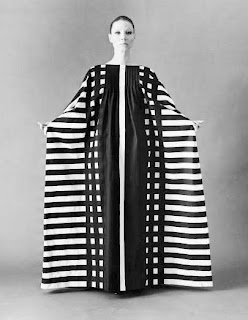Ludwig Mies van der Rohe, 1886 – August 17, 1969, was a German architect.He was self-educated and a pioneer of modernism in his time. Whilst highly regarded in the architect world he also designed modern furniture. Most famous for the Barcelona chair and table, the Brno chair and the Tugendhat chair. At the time these were new industrial technologies that have now become popular classics around the world.
The Barcelona chair was designed for the German Pavilion, that country's entry for the International Exposition of 1929, which was hosted by Barcelona, Spain. An icon of modernism, the chair's design was inspired by the campaign and folding chairs of ancient times. By transposing an ancient and regal design into a modern setting, the designers enjoyed instant acclaim, by royals and many others.
Mies furniture is known for fine craftsmanship, a mix of traditional luxurious fabrics like leather combined with modern chrome frames, and a distinct separation of the supporting structure and the supported surfaces, often employing cantilevers to enhance the feeling of lightness created by delicate structural frames.
The Barcelona chair was manufactured in the US and Europe in limited production from the 1930s to the 1950s. In 1953 Mies sold the rights to Knoll, knowing that his design patents were expired. This collaboration then renewed popularity in the design and is still seen today.
http://en.wikipedia.org/wiki/Tugendhat_chair
http://en.wikipedia.org/wiki/Brno_chair
http://en.wikipedia.org/wiki/Barcelona_chair
http://en.wikipedia.org/wiki/Modern_furniture
http://en.wikipedia.org/wiki/Ludwig_Mies_van_der_Rohe











































 After many years at Paramount Banton was forced to leave. His constant alcoholism and repeated instigation of his subordinate Edith Head had become too much and was subsequently fired. Banton created his own business and did short stints of design for Twentieth-Century Fox and Universal.
After many years at Paramount Banton was forced to leave. His constant alcoholism and repeated instigation of his subordinate Edith Head had become too much and was subsequently fired. Banton created his own business and did short stints of design for Twentieth-Century Fox and Universal.




